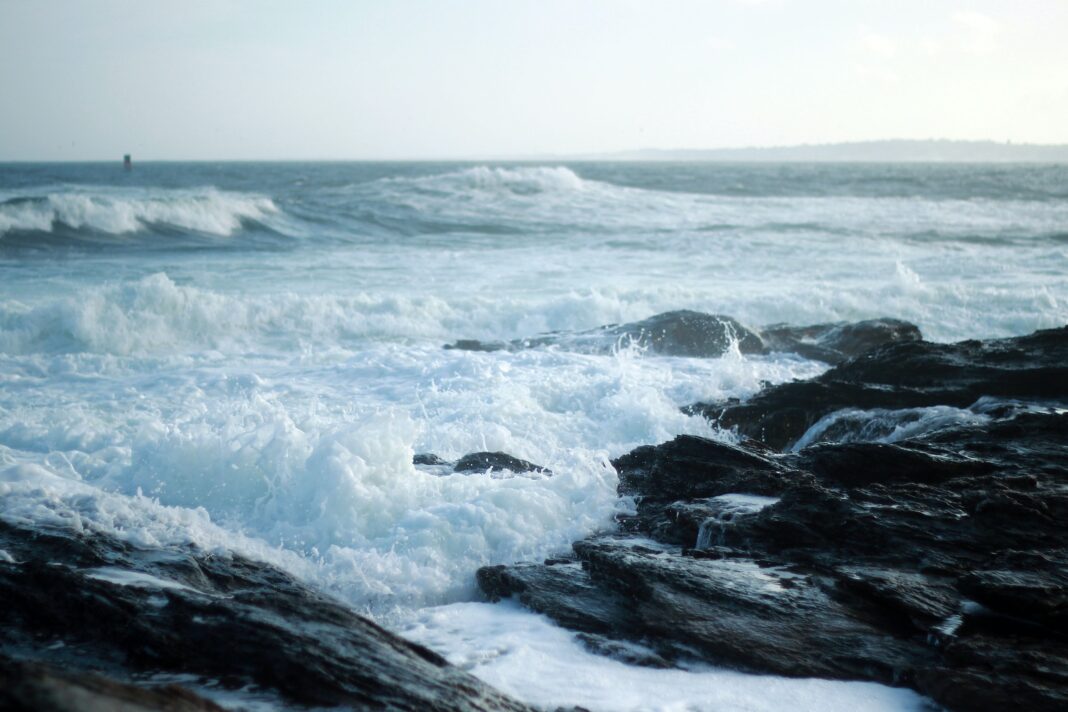SAN FRANCISCO—The National Weather Service has issued a Coastal Flood Advisory for the San Francisco Peninsula Coast, San Francisco, Coastal North Bay including Point Reyes National Seashore, Southern Monterey Bay, Big Sur Coast and Northern Monterey Bay.
Until 1:00 p.m. on January 12, the coastal advisory will remain in effect.
The advisory states that they expect minor flooding around the coast, flooded parking lots and roads “with only isolated road closures expected.”
The San Francisco area has been receiving several hazardous weather advisories lately. To counteract the beach erosion, local environmental experts have created The Ocean Beach Master Plan, which addresses climate change and sea levels.
The San Francisco News reached out to the Environmental Science Associates (ESA) to ask some basic questions about beach erosion and if the ESA has any plans to repair the beaches around the San Francisco area.
“Beach erosion is the result of waves and currents moving the sediment…beaches constantly change shape in response to changes in wave height, wave length, wave direction and water level…erosion is one part of this change…accretion (sand deposition) is another part of the constant change,” said Bob Battalio, PE Senior Engineer, ESA.
The San Francisco News asked why beach erosion is bad and how is it fixed? Battalio answered, “Beach erosion is most extensive during winter storms due to increased wave heights and high water levels. Large swells (like we’re having now) can actually build the beach elevation…this is because the beach response is greatly affected by wave steepness (wave height divided by wave length) and the large waves with long wave lengths tend to carry sand farther inland and higher, building a ramp. However, when structures or other erosion resistant features (rocky bluffs) are impacted by the wave runup, the beach can erode substantially due to increased turbulence and wave reflection. Additional explanation ….wave length is often discussed in terms of wave period…a longer period wave like the swells we’ve experienced lately have wave periods of about 20 seconds and have wave lengths 4 times longer than choppy storm waves with 10-second periods…the storm sea tend to carry sand offshore and the swells tend to carry sand onshore.”
When asked about if the ESA has any plans on rebuilding the local beaches around the San Francisco area because of the hazardous weather, Battalio said, “Yes, we support multiple clients with ‘beach nourishment’ and several projects are close to implementation or ongoing as-needed.”
Battalio said that beach erosion is not necessarily bad unless, “It results in waves reaching a structure or eroding a parcel that causes economic damages, or results in a loss of the beach and its ecology and recreational attributes.”
Battalio added that beach erosion is a “Natural process and is often followed by accretion, or ‘recovery’ from the erosion event(s). Hence, maintaining sand supply to beaches is an effective means of mitigating damages to built assets and property. Landward realignment of built assets is another approach to mitigating damages. With sea-level rise, we can expect erosion to accelerate in most places.”
“How we adapt to erosion is a very important question,” Battalio added, “because a loss of our beaches will result in a major loss of ecology and recreational opportunities.”







